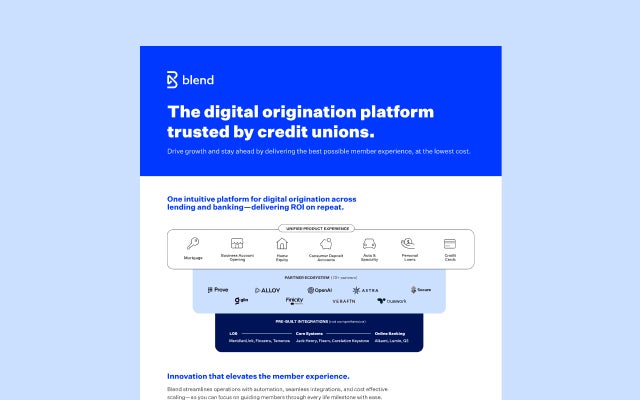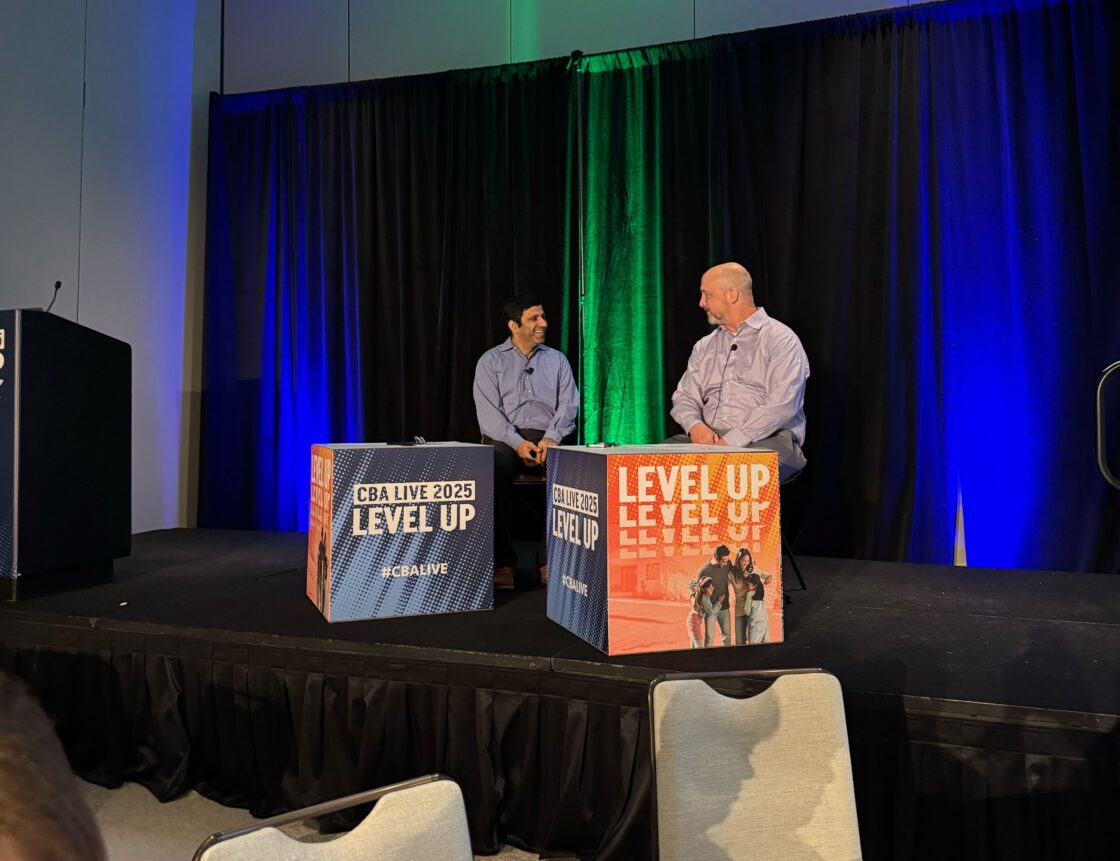October 18, 2022 in Mortgage Suite
An overview of eNote, eVault, and Mortgage Electronic Registration System (MERS)
Read about three essential components of the digital mortgage process and gain a better understanding of their fundamentals.

End-to-end digital mortgages seek to offer lenders and borrowers a fast, intuitive, and even enjoyable experience. But because they are relatively new, the steps required to complete a digital mortgage can seem daunting.
eNotes, eVaults, and MERS are all integral components of the digital mortgage process, and it’s important to understand how each of them works and how they are related. We’ve broken down each process to provide an overview of the fundamentals:
- What is an eNote, how does an eNote work, and why eNotes are important
- What is an eVault, how does an eVault work, the benefits of an eVault, and why financial institutions need eVaults
- What is MERS, why we use it, and how it helps establish the path to digital closings
What are eNotes?
An eNote is the electronic version of a paper promissory note, but unlike a PDF, eNotes are issued in a distinct format (XML). In order to be used in any meaningful way, they must conform to SmartDOC specifications. They are as legally binding as their physical document counterparts. Plus, lenders stand to benefit significantly from using eNotes.
eNotes in action
Information that is typically required for a paper promissory note is also required for an eNote, such as:
- Lender and borrower names
- Loan amount
- Loan start date
- Payment options and information (including the amount and frequency)
- Date the loan should be fully paid
- Language regarding the fact that they’re digital and binding
eNotes are eSigned and tamper-sealed in real time, and they are then saved in a special format: a MISMO SMARTDoc XML file. This ensures the electronic note’s security, because unlike paper documents, it’s impossible to make any changes to an eNote without leaving evidence in the audit trail.
Why we need eNotes
Fluctuations in the mortgage market are inevitable, which is why it’s important for companies to be able to capture more market share as they simultaneously seek to reduce cost structure and maximize margins.
Lenders can leverage digital closing technology, like eNotes, to drive down mortgage closing times — making it possible for loan teams to close more loans, more efficiently.
And since eNotes can also be used as part of a hybrid closing process, lenders are equipped with one of the biggest competitive differentiators: the ability to give their customers more choice and flexibility.
What is an eVault?
Once an eNote has been signed and sealed, it must be stored somewhere securely. eVaults are technology platforms that support the handling, status, and storage of eNotes. They make it possible for lenders to originate and securely store eNotes.
eVaults have integrations to the MERS® eRegistry, and they can also have direct integrations to other eVaults or trading partners. We’ll take a closer look at MERS further down, but when a lender creates an eNote, they typically register it with the MERS eRegistry, which then establishes the controller and location of the eNote.
A common misconception is that eVaults are just for storage. That is certainly a primary function, but eVault technology also permanently binds electronic signatures to documents, creates tamper seals and audit trails, and allows for MERS integration.
The ins and outs of the eVault process
There are three primary steps to the eVault process:
- All parties involved in a transaction must sign electronically. eNotes cannot be wet-signed.
- After all signatures have been applied electronically, documents are instantly deposited into the eVault. This establishes the authoritative original document, and it will be stored and managed by authorized parties through its lifecycle.
- Activities that affect documents, like printing, making copies, view requests, and transfers to other vaults are controlled and logged.
eVault benefits
eVaults enable compliance because they must follow a specific federal and state-regulated process that guarantees electronically signed documents are enforceable, admissible, and negotiable.
eVaults help mitigate risk because of better records management, faster access, and a transparent audit trail across the document’s lifecycle.
eVaults offer increased transparency due to compliance standards that the legislative statutes that govern electronic documents and signatures require.
Because of all of the benefits outlined above, eVaults like Blend Vault, DocMagic, and eOriginal are advantageous because they have already been approved by states, big investors, and underwriters.
What is MERS?
The Mortgage Electronic Registration System is a database created by the mortgage banking industry to keep track of transfers and changes to the rights and ownership of loans. County and regulatory officials and homeowners can access MERS free of charge. Homeowners can look up information on their own mortgages that are registered with the system.
How to use MERS
- Apply for MERS membership with the list of required documents.
- Once your MERS® eRegistry eligibility has been confirmed and you’re using a MERS-approved eVault provider like Blend Vault, team members can begin a live training session that covers topics such as:
- How to deliver closings with eNotes
- Which loans qualify for eNotes
- Setting up and using the eVault
- SmartREGISTRY setting and MERS Members functionality
- Difference between client and organization admins
- Mapping MERS Org ID to MERS Org name
- Setting, editing, and unused functionality
- After completing the training webinar, team members can work with a capable and experienced eClose provider to help navigate the process, understand what to expect, and provide support for using and managing your vault.
Putting it all together
eNotes, eVaults, and MERS are integral to a modern, end-to-end mortgage experience. Beyond optimizing the post-close loan delivery process, each of them work together to unlock even more success for financial services firms. These three processes make the homebuying and selling process faster, more efficient, and more secure — which is core to Blend’s vision for the future of finance.

Ready to optimize your digital closing process?
Find out what we're up to!
Subscribe to get Blend news, customer stories, events, and industry insights.


